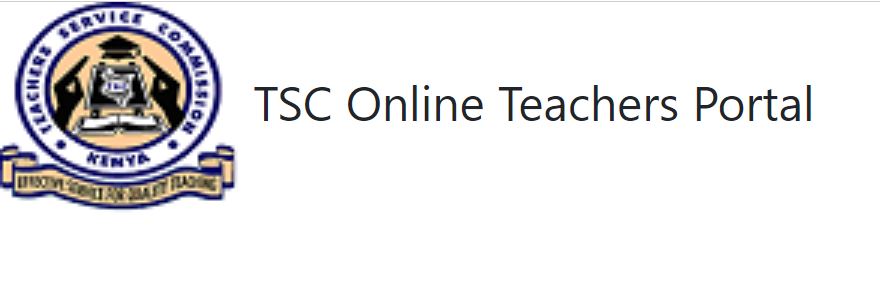How TSC's New Digital Teacher Transfer Works

Introduction to the Digital Teacher Transfer System in Kenya
A groundbreaking online system is revolutionizing the way teachers in Kenya apply for transfers, offering a fully digital platform that streamlines the entire process. This new initiative, introduced by the Teachers Service Commission (TSC), aims to enhance fairness in teacher distribution and improve the efficiency of deploying educators across the country.
In an official communication addressed to regional, county, and sub-county directors, TSC Acting Chief Executive Officer Evaleen Mitei revealed the launch of the 'Teacher Transfer Module.' This module is part of the commission's broader digitization strategy outlined in its 2023–2027 Strategic Plan. The goal is to modernize services and align with the institution’s transformation objectives.
The system introduces several key features designed to make the transfer process more efficient and transparent. These include automated matching and swap options, considerations for subject and school levels, structured timelines, real-time notifications, and a requirement for teachers to serve a minimum tenure before applying for a transfer.
Through this platform, teachers can apply for transfers or accept available positions based on subject combinations and school categories. It also facilitates mutual exchanges, ensuring that once both parties agree to a swap, the system locks in the exchange, preventing duplication and unnecessary administrative work.
Transfers are scheduled to coincide with the school holiday calendar, minimizing disruptions to students' learning. Additionally, the platform includes escalation mechanisms for delays and integrates with existing records to ensure smooth processing.
Mitei explained that requests will be filtered according to the type of institution—primary, junior school, senior school, or teacher training college—and, where applicable, by subject combination. This applies to all applications, including those from newly recruited teachers.
Teachers are allowed to request swaps even before completing five years of service. However, if no match is found within 90 days, they will receive an email granting an additional 90-day window. If after 180 days a replacement is still not available, the applicant will be formally notified that the request has been declined.
Under the updated procedure, educators can access the TSC portal remotely to submit their transfer requests, eliminating the need for physical paperwork. This shift to a digital process is expected to reduce administrative burdens and improve transparency.
Despite the benefits, the introduction of the new transfer module has sparked mixed reactions among teachers’ unions. The Kenya National Union of Teachers (KNUT) Secretary General Collins Oyuu criticized the TSC for rolling out the system without prior consultation with unions. He emphasized the need to understand the system’s advantages and disadvantages before implementation, noting that the existing online transfer system was already functional and serving teachers well.
On the other hand, the Kenya Union of Post-Primary Education Teachers (KUPPET) welcomed the innovation. Acting Deputy Secretary General Moses Nthurima highlighted the potential of the new platform to cut delays and reduce instances of malpractice. He pointed out that previously, teachers had to wait up to a month for feedback on transfer or swap requests. KUPPET supports the new module, especially if it delivers timely responses as promised. The old system, he added, was vulnerable to abuse and corruption.
How the New System Works
To begin using the system, a teacher logs into the TSC website using their TSC number, ID, and mobile phone. A secure authentication code is then sent to their phone, which must be entered to gain access.
Once logged in, the system automatically identifies whether the teacher is serving in a primary or secondary school. The teacher can then initiate a transfer request by providing their current posting, desired location, and the reason for the move—such as health considerations, family needs, or personal development.
If necessary, relevant documents like medical certificates can be uploaded to support the application. After submission, the application enters a tracking system with clear status indicators. Initially, it shows as "Pending," then may become "Approved" if all conditions are met, or "Not Approved" if there are no available vacancies or suitable replacements at the requested location.
Once a transfer is approved, the teacher receives instructions on when to vacate their current station and report to the new one. Typically, transfers are scheduled during school holidays to minimize disruptions to instruction.
Heads of institutions also play a role in the process. Upon receiving the transfer request, they can log into their own portal or review via email instructions and either recommend or decline the transfer, adding relevant comments.

Comments
Post a Comment